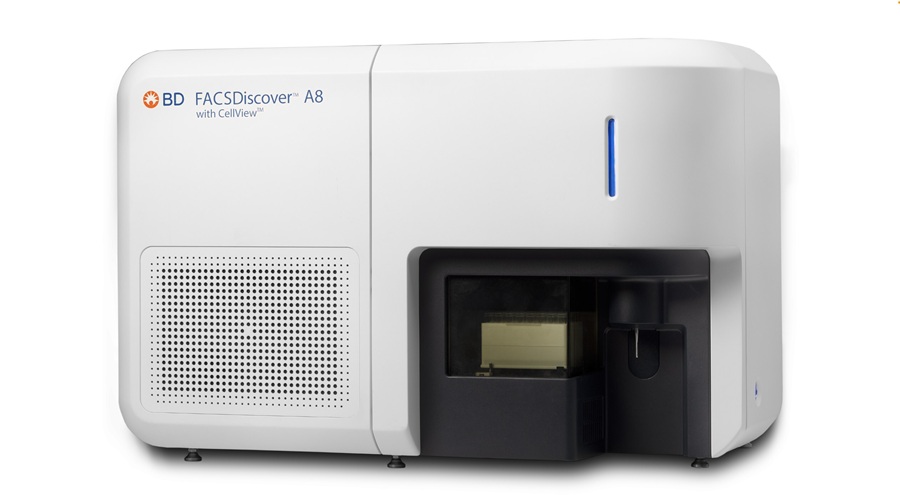Jack Latham, Blood-Processing Pioneer, Dies at 95
By Labmedica staff writers
Posted on 27 Aug 2003
Allen Latham Jr., who helped perfect a device that would revolutionize transfusion methods by using centrifugal force to separate blood into its various components, died recently at his home in Jamaica Plain (MA, USA). Posted on 27 Aug 2003
Known as Jack, Mr. Latham graduated from the Massachusetts Institute of Technology in 1930. He became interested in blood processing following the failed transfusion of his donated blood to a friend following an industrial accident. Early on, he worked with Edwin Land at a company that later became Polaroid on the development of polarization sheets. Later, he worked on low-temperature refrigeration at the industrial research firm of Arthur D. Little. He began to collaborate with Prof. Edwin J. Cohn at Harvard in the 1950s on the use of centrifugal force to separate blood components.
Later, Mr. Latham developed a disposable version of the centrifugal device, known as the Latham bowl, as well as other instruments for the collection and separation of blood into red cells, white cells, plasma and platelets. By using the bowl, doctors could clean and reuse a surgical patient's own blood, reducing contamination risks. In 1971, Mr. Latham founded a company called Haemonetics Corp. in Braintree (MA, USA), where he continued to develop blood-processing devices and to market them. His efforts helped to make platelet donations more efficient and improved the ability to wash out toxins.













